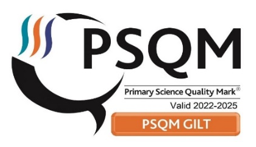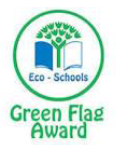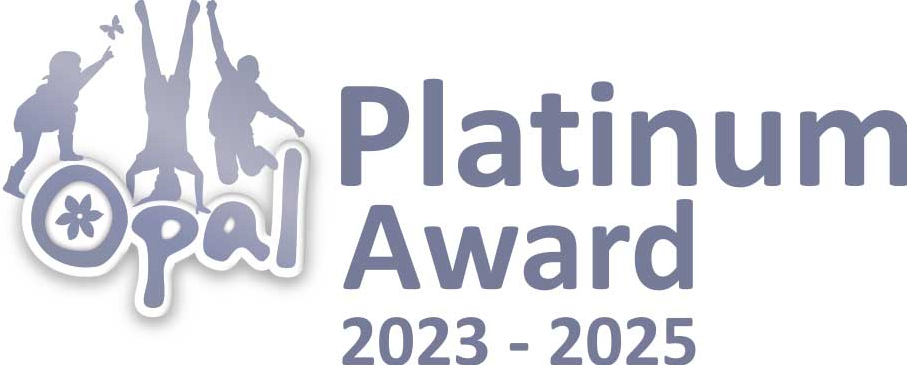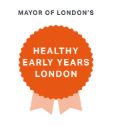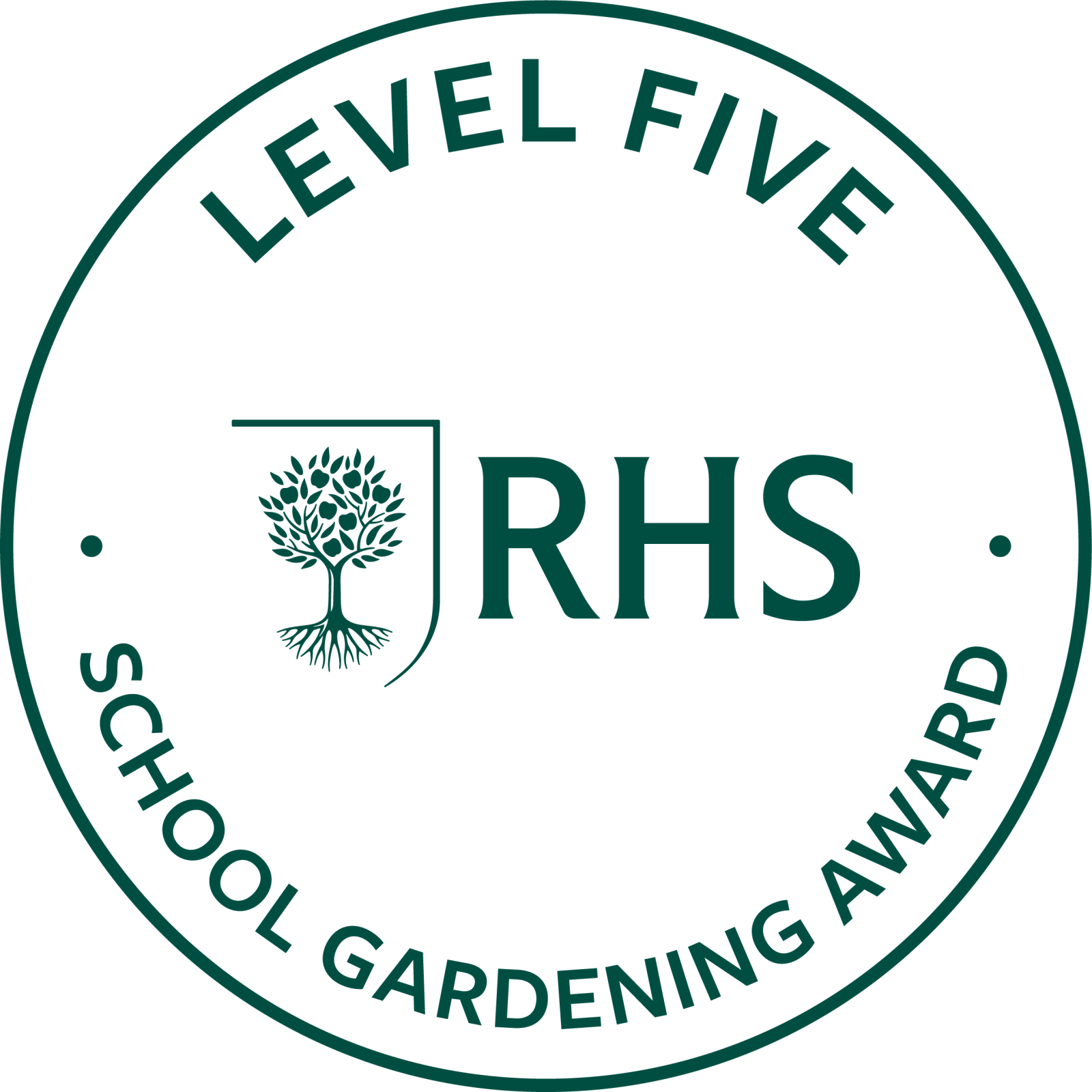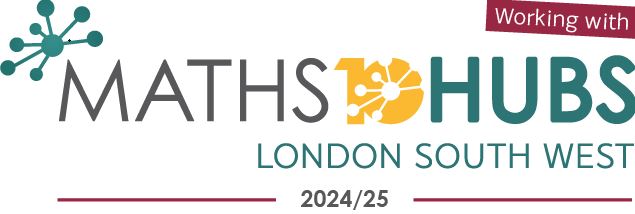Art 
Our Vision for Art
At St Matthew’s we believe art forms play an important role within the curriculum. We believe art stimulates creativity and imagination, therefore it is taught as an individual subject as well as being incorporated into other curriculum lessons for example in Y2 when the children are learning about Magnificent Monarchs the children learn the skill of portraits in Portraits and Poses.
Our Art Curriculum
Throughout the art scheme, there is complete coverage of all national curriculum programmes of study. The art projects are well sequenced to provide a coherent subject scheme that develops children’s skills and knowledge of visual elements, art forms, artists and art movements. Projects are placed alongside other subject projects where there are opportunities for making meaningful connections. For example, Beautiful Botanicals has been placed in the same teaching sequence as the science project Plant Nutrition and Reproduction. Where possible, projects with similar materials are spaced out to have as little strain on resources as possible. For example, in Key Stage 1, clay work is taught in different terms. Seasons are also a consideration for the placement of art and design projects. For example, if children are required to work outdoors, these projects have been placed in either the latter part of the spring or summer term.
EYFS
In the Early Years Foundation Stage, children are given opportunities to explore their own ideas through daily access to continuous provision. Here, children can be creative with a wide range of media and art forms to help them gain an understanding of colour, form, texture and pattern. Children are taught discreet art skills through links to wider topics such as colour mixing inspired by Andy Goldsworthy's ice sculptures in our Winter topic; and drawing animals from different habitats when looking at 'Carnival of the Animals'.
KS1
In Key Stage 1, each autumn term begins with essential skills and knowledge projects (Mixing Colours in Year 1 and Exploring Colours in Year 2). Teaching these projects enables children to be introduced to and then revisit colour mixing and the colour wheel with plentiful opportunities for the children to explore primary and secondary colours and hues. In Year 1, children explore themes directly related to the children themselves, such as their facial features, the surrounding natural world and their local community. In Year 2, the projects expand children’s artistic horizons to study a more comprehensive range of artists, artistic movements and creative techniques.
Lower KS1
In Lower Key Stage 2, Y3 begins with essential skills and knowledge projects such as Contrast & Complement. Teaching this project enables children to build on their previous understanding of colour and further develop their expertise by studying tertiary, analogous and complementary colours with many opportunities for the children to explore warm and cool colours. In Year 3, children expand their experiences to study a broader range of art forms, artists and genres. They also begin to study art from specific and diverse periods of history, including prehistoric pottery and Roman mosaics. Other genres studied in Year 3 build on previous techniques learned in Key Stage 1 and include more complex techniques in printmaking, drawing, painting and textiles. In Year 4, children develop more specialised techniques in drawing, painting, printmaking and sculpture. They explore ways in which ancient cultures have influenced art and crafts by studying, for example, medieval weaving techniques and the religious significance of Islamic art.
Upper KS2
In Upper Key Stage 2, Y5 begins with essential skills and knowledge projects such as Tints, Tones & Shades. Teaching this project enables children to build on their previous understanding of colour theory and develop further expertise with colour by studying tints, shades and tones and more complex colour palettes. In Year 5, children develop and combine more complex artistic techniques in a range of genres, including drawing, painting, printmaking and sculpture. Children continue to build on their understanding of other historical periods and cultures by studying the ancient Chinese art form of taotie and the significance of the Expressionist movement. In Year 6, children are encouraged to work more independently in projects like Environmental Artists and Distortion and Abstraction. Such projects require them to consider more conceptual representations of personal, environmental, social or political messaging. Children explore diversity in art by studying the projects Inuit and Trailblazers, Barrier Breakers.




